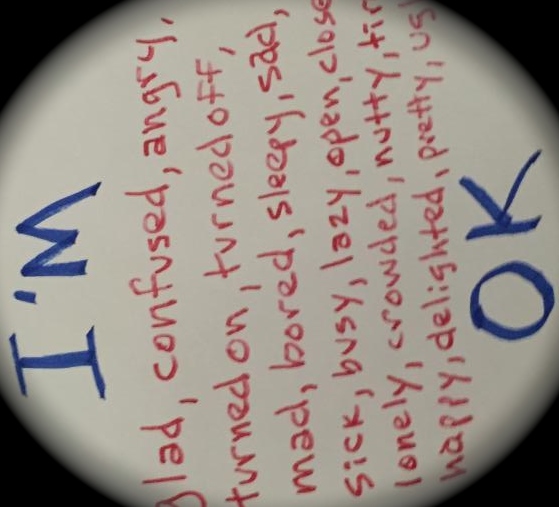Roaming about the Cooper Hewitt museum in New York City, I ran across this insight from legendary industrial designer Henry Dreyfuss:
“For research, I once got behind the counter in the clock section of a store. My first customer was a woman. I showed her a new clock we had designed and another clock of the same price. As she weighed the clocks in each hand, I was sure she would pick ours, because we had worked long and hard to make our clock as light as possible.
“I had a sinking feeling as she bought the heavier clock, but I learned an important lesson. To some people weight is a sign of quality. Some things demand weight and some lightness.”
There are two important lessons in his experience:
1. Immerse yourself in your customer’s world.
If Dreyfuss had not spent time in the clock department, he might never have known why his clock was a failure. Of course, an even better route would be getting to know the customer’s preferences, habits and lifestyle before starting the project.
Suggestion: Take time to deep dive into the world of your clients and customers. If you’re working on a project for parents, spend time talking to moms and dads, kids and friends. Visit schools and playgrounds, toy stores and grocery aisles. If you’re working on a project for laundry owners, hang out in a laundry, talk to customers, maybe ask if you can work for a day in the back room. Immerse yourself.
2. Recognize that perception affects decision-making.
As Dreyfuss says, some things demand weight and some lightness. We might judge a heavy desk clock to be of higher quality, yet we might feel the opposite about a travel clock. Vacuum cleaners in the US are loud because, when it comes to mechanical products, Americans often associate loud noise with greater power; European and Asian vacuums are much quieter.
Suggestion: Talk with customers, clients and end users to identify their perceptions as well as their opinions. Carefully observe what they do, not just what they say. Watch as they go about their daily lives — pay attention to choices they make, things they’re attracted to, things they avoid.
“The most important thing in communication is hearing what isn’t being said,” wrote Shannon Alder. “The art of reading between the lines is a life long quest of the wise.”
To satisfy your customers and clients, get to know what they do, how they think and how they see the world. Learn to read between the lines.
 zingzone
zingzone